- Your School Type
- Solutions
- Resources
- Blog
- Events
- More
- Contact Us
- Book a Demo
- Get a Quote
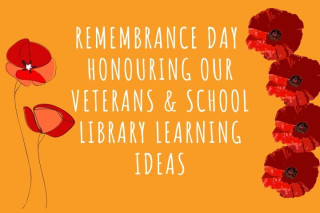
On the 11th day of the 11th month, 1918 silence filled the air. After four years of continuous war, the gun fire ceased. A peace settlement was secured by the battling armies and World War I was finally over.
Originally known as Armistice Day, later renamed Remembrance Day after World War II, this is a day to remember and commemorate those fallen soldiers who fought during these wars.
A minute silence is held at this time every year to pay our respects and think of those that lost their lives, or were injured battling during these times.
Schools have a very important role in educating students about the sacrifice these soldiers made and why it is important we remember this.
By educating students about this history, they can develop a deeper understanding of these world events with the hope of maintaining a peaceful future.
Some students will have family members who took part in one of the many wars. A creative way to get students interested and involved in learning this history could be getting them to research and create a family tree.
This can be a fun project and there are a number of sites such as Ancestry.com and findmypast.com that may assist with this.
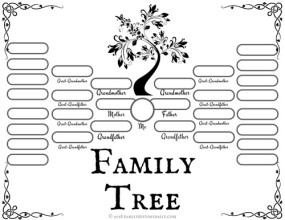
For younger students there are some picture books that they can read, some examples can be found here.
School libraries can also host a range of activities related to Remembrance Day, including read-aloud sessions, group discussions, guest speaker sessions, and creative activities.
The Shrine of Remembrance in Victoria, Australia has produced this comprehensive Teachers’ Guide with resources and explanations to help students understand the history and significance of these historic events.
For Australian Curriculum-aligned resources, from foundation to year 12, RSL Education have produced a variety of activities, research, and media. Poppies and Armistice is an engaging video helping foundation students understand the significance of Poppies on Remembrance Day.
If you’re searching for more inspiration for your library or classrooms this November, there are a number of quality resources at the following sites, including video links, posters, and interactive activities:
Australian Department of Veterans’ Affairs
Victorian Government Anzac Centenary website
Australian War Memorial
If you’re looking for more Australian military history resources, our ANZAC Day blog post contains curated content, categorised for different age groups to assist in providing students with age-appropriate information.
Below are some of the entries received in the 2017 Softlink Library Display Competition based on themes such as World Wars I & II and other wars, ANZACs, sacrifice, and auxiliary services.
We always love seeing pictures of thoughtful and inspired school library displays. If you’ve created a display for Remembrance Day this year, we’d love to see it!
Why not share your pictures on Twitter and tag us @SoftlinkEdu or Linkedin @Softlink Education (Showcase Page)
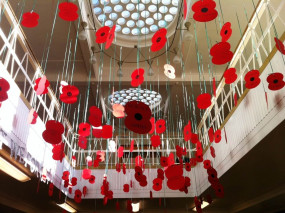
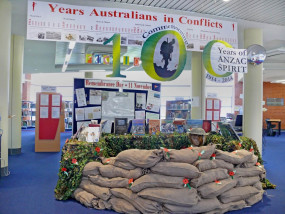
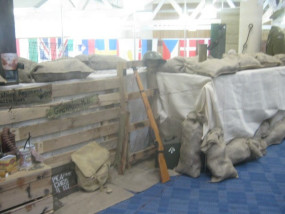
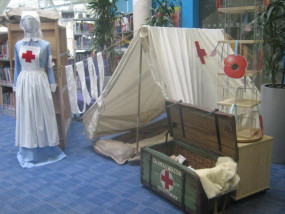
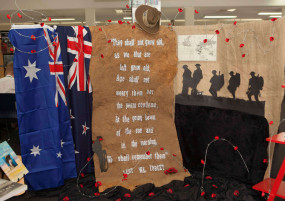
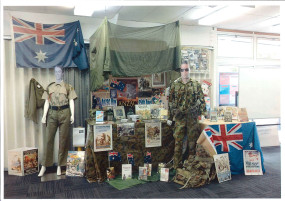
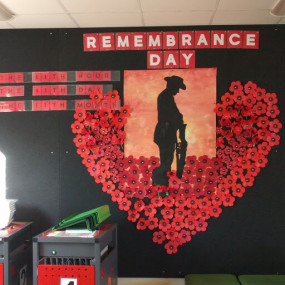
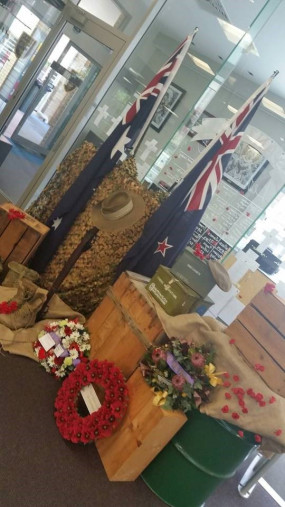
Editor’s note: This post was originally published November 2017 and has been updated for freshness, relevance, and accuracy in November 2024.